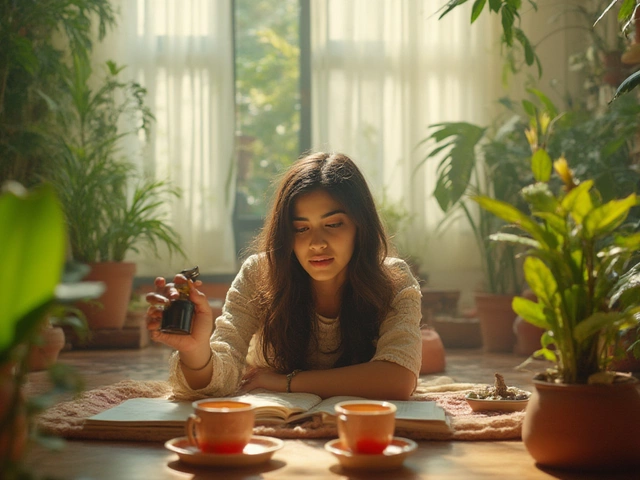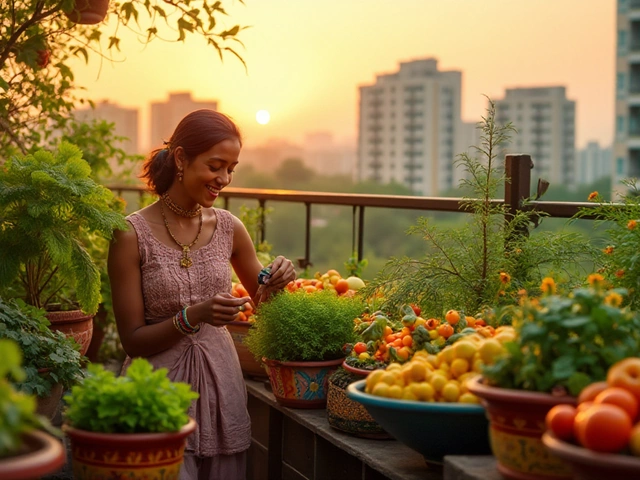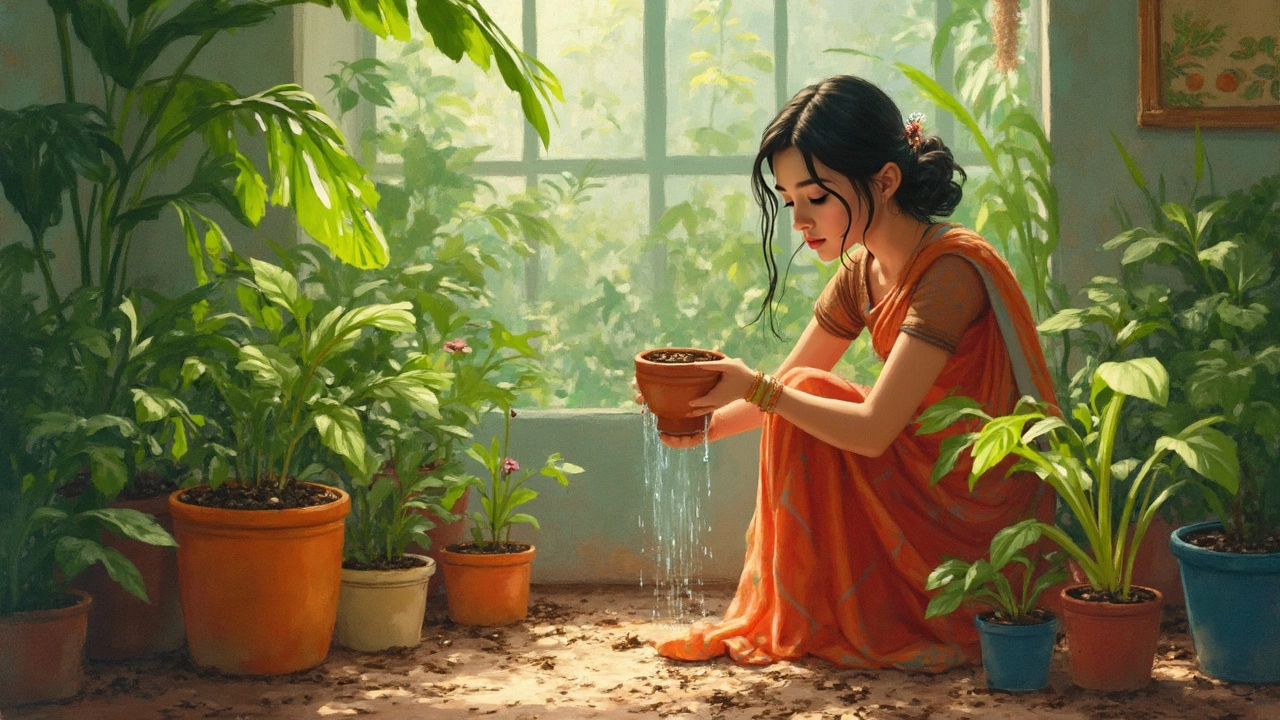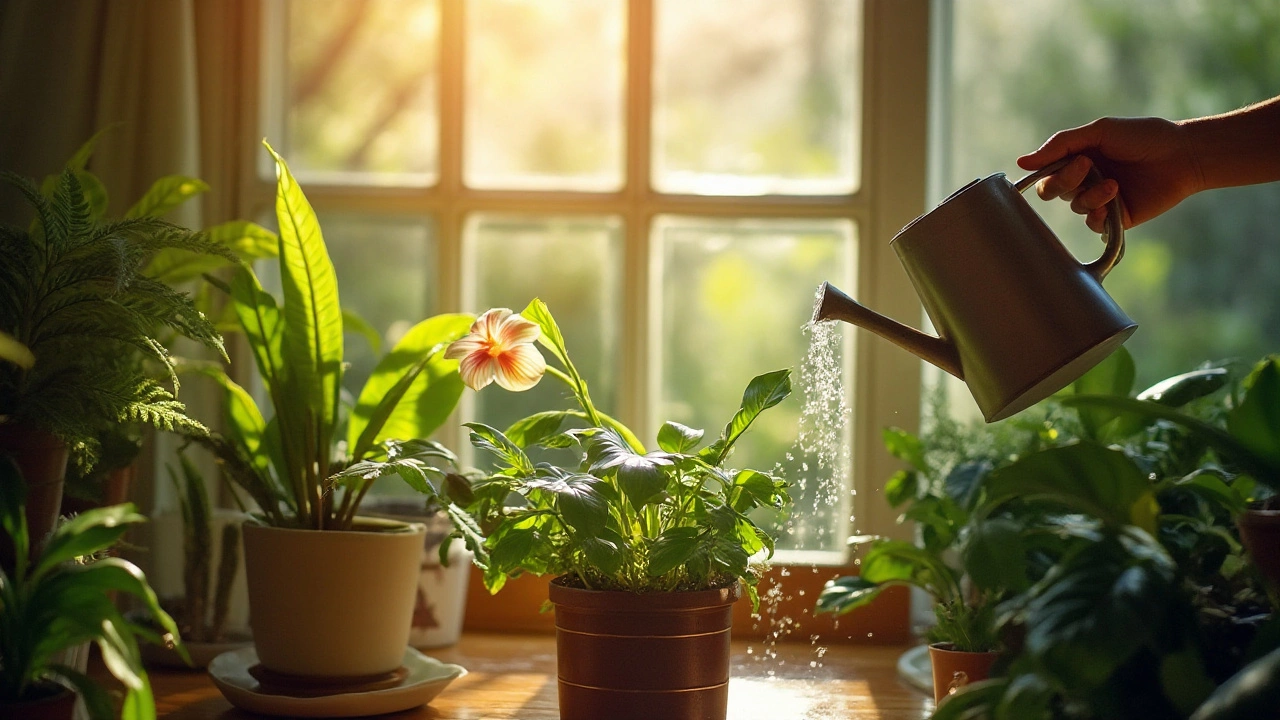Plant Care Tips: Quick Wins for Greener Spaces
Ever wonder why some plants look happy while others just droop? The answer often boils down to a few everyday habits. Below are the most useful, no‑fluff tips you can start using today to keep houseplants, garden beds and balcony greens in top shape.
Watering Right – Not Too Much, Not Too Little
Water is the number one factor most gardeners get wrong. First, feel the soil a couple of inches down. If it feels dry, it’s time to water; if it’s still moist, wait another day. For indoor plants, a good rule of thumb is to water when the top inch dries out. Use room‑temperature water and let tap water sit for about 30 minutes to let chlorine evaporate – especially important for sensitive foliage.
When you have a garden, water early in the morning. This reduces evaporation and gives roots a chance to take up moisture before the heat spikes. If you’re using drip irrigation, bury the lines 2‑3 inches deep to protect them from sun and damage while delivering water right to the root zone.
Light, Soil and Humidity – The Three Pillars
Light needs vary. Most leafy houseplants thrive in bright, indirect light. If a plant leans toward the window, rotate it every week so all sides get even exposure. For outdoor beds, know your zone: in India, the monsoon months provide natural shade, while the hot summer needs afternoon protection for delicate species.
Soil shouldn’t be an afterthought. A mix of garden loam, compost and a pinch of sand improves drainage for most vegetables. For heavy clay soils, add coarse sand or well‑rotten compost to loosen texture – your roots will thank you.
Humidity matters most for tropical houseplants like ferns and orchids. Mist the leaves once a day in dry weather, or place a tray of water with pebbles nearby. Avoid over‑misting, which can cause fungal spots; a light spray is enough.
Finally, watch for pests early. A quick swipe with a damp cloth can remove aphids before they multiply. If you prefer organic solutions, sprinkle neem oil or a homemade garlic spray – both keep insects at bay without harming beneficial bugs.
These quick checks – soil moisture, light placement, soil texture, humidity and pest watch – form a simple routine that fits into any busy schedule. Stick to them, and you’ll see greener leaves, stronger stems and more blooms in no time.
Spot Overwatering vs Underwatering: Your Indoor Plant's Vital Signs
Not sure if your plant is thirsty or drowning? This guide will help you read the signs of overwatering and underwatering, ensuring your indoor jungle thrives. Understand the symptoms, investigate potential causes, and learn practical tips to balance moisture for healthy plant growth. You’ll discover how simple it is to connect with your plants and provide the care they need to flourish. With a little attention and observation, you'll become the go-to plant doctor in your home.
Optimal Times for Watering Indoor Plants: Night Vs. Day
Deciding whether to water your indoor plants during the day or at night can impact their health and growth. This article delves into the advantages and disadvantages of both timings, helping you make an informed choice. Learn about plant water needs, environmental factors, and tips to keep your greenery thriving. Explore how timing affects plant absorption and discover the best practices for different plant types. Equip yourself with the knowledge to nurture your indoor oasis effectively.
About
Indoor Plant Care
Latest Posts


Do Houseplants Need Misting? Truths About Indoor Plant Humidity Care
By Alden Thorne Jul 26, 2025

Is Styrofoam Safe for Vegetable Gardens? The Truth About Using Polystyrene in Gardening
By Alden Thorne Jul 5, 2025

Exploring the Alternative Name for Drip Irrigation
By Alden Thorne Feb 10, 2025


